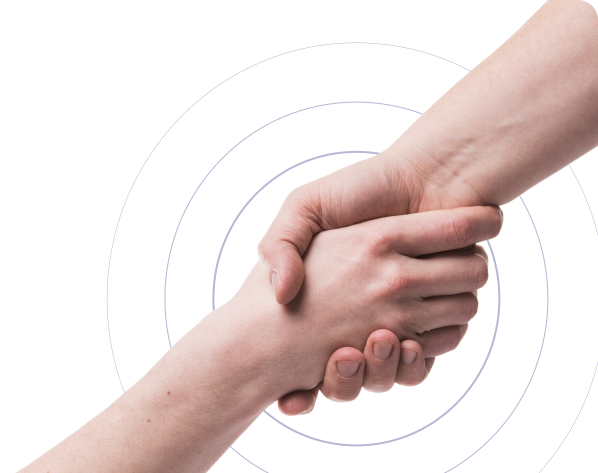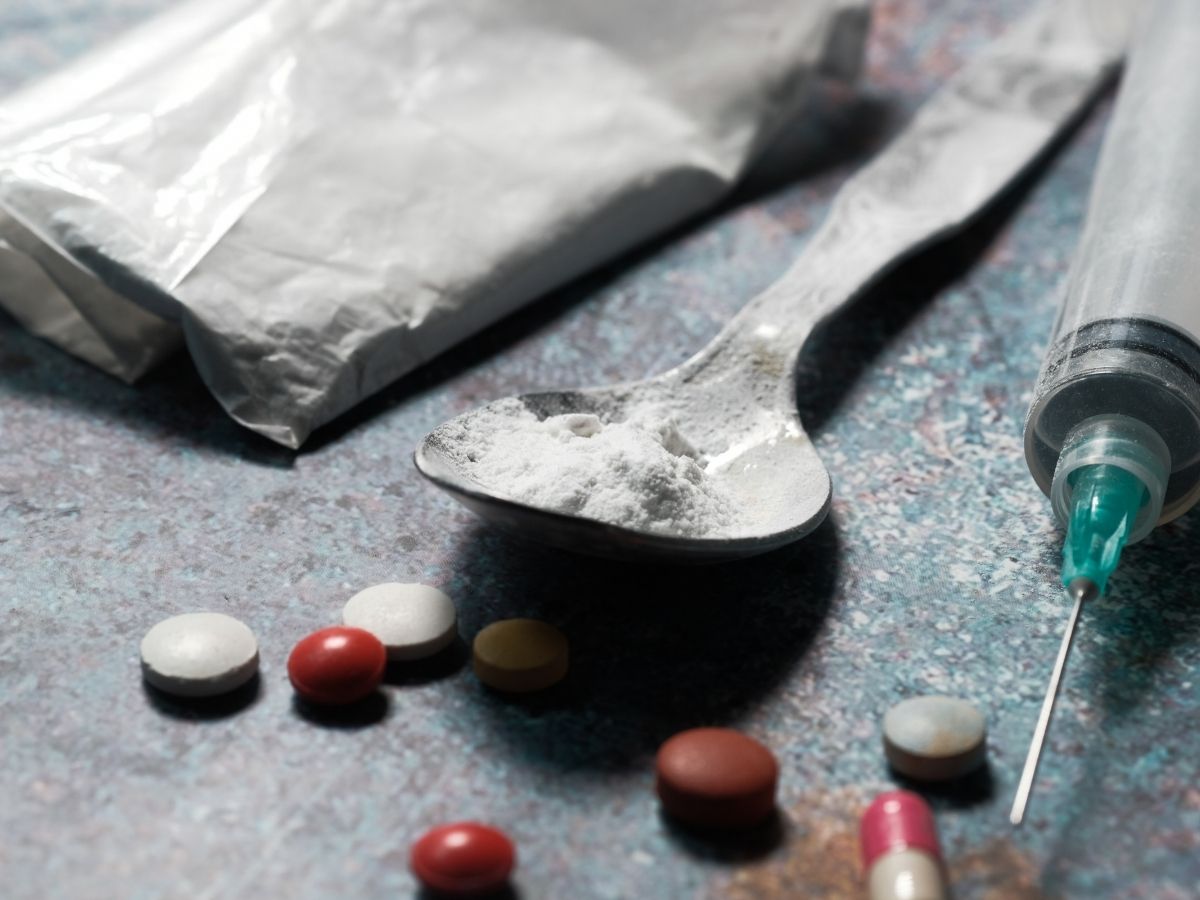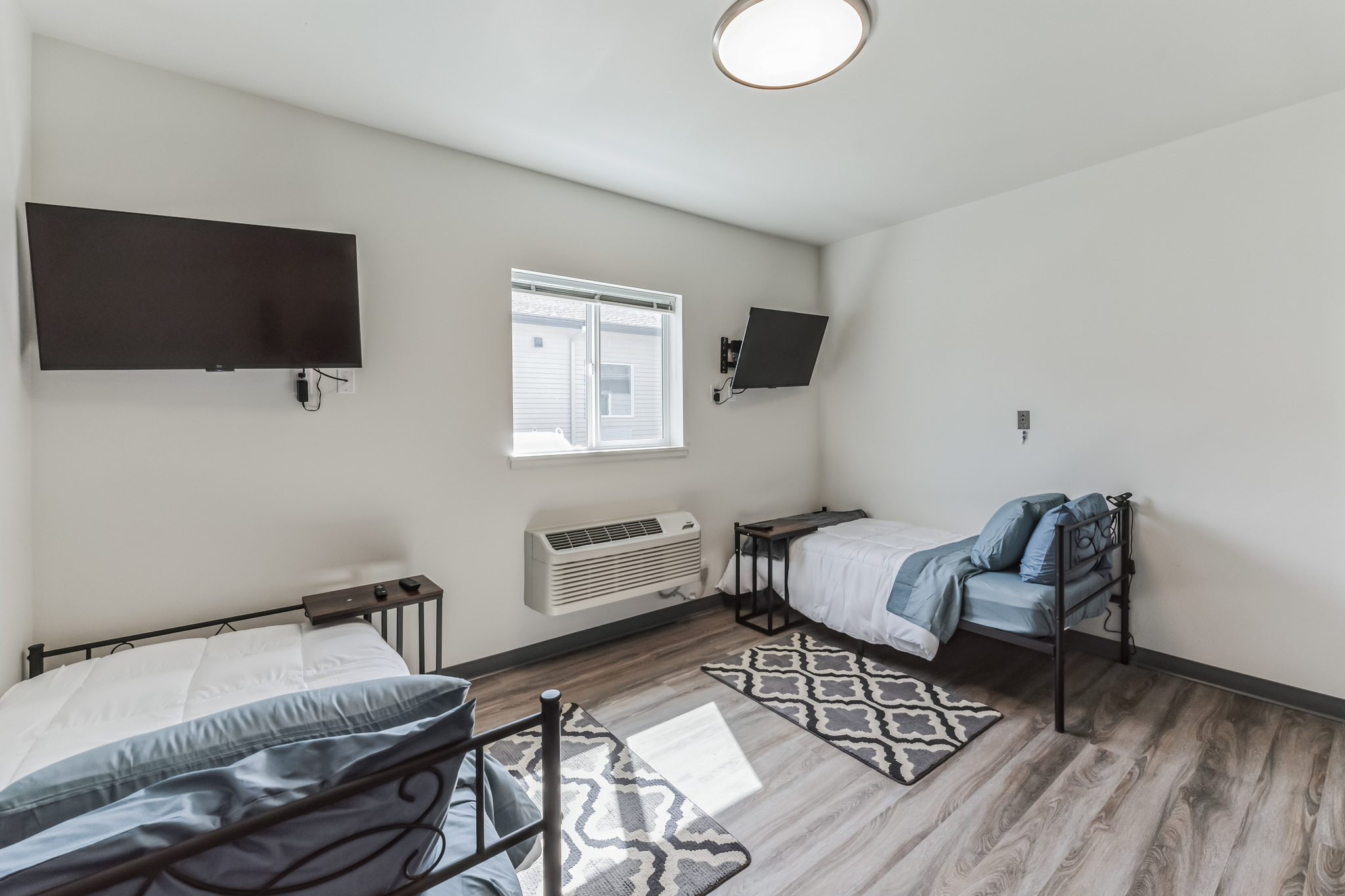
Most people associate the issue of ADHD with hyperactivity and impulsiveness. However, not every ADHD experience is the same. One of the lesser-known presentations of ADHD, namely ADHD Inattentive Type that is often ignored, in particular, in adults and women.
In this guide, we’ll explore what inattentive type ADHD is, how it differs from other types, and what support options are available. Whether you or a loved one has recently been diagnosed or you’re just starting to explore, this article will help you make sense of symptoms and solutions.
Skip To
Table of Contents
What Is Inattentive ADHD?
ADHD Inattentive Type, also known as Attention-Deficit/Hyperactivity Disorder, Predominantly Inattentive Presentation, is one of three primary types of ADHD recognized by mental health professionals, as they are referenced in the Diagnostic and Statistical Manual.
This kind of ADHD is characterized by issues with focus, organization, memory, and follow through as opposed to impulsivity as the hyperactive-impulsive type is.
Common Traits of Inattentive ADHD:
- Easily distracted
- Problems remaining focused
- Frequently loses items
- Forgotten everyday activities
- Avoids or delays tasks requiring mental effort
- Appears not to listen when spoken to
- Struggles with time management
- Does not pay much attention to details or behaves irresponsibly
- Problems with maintaining attention
Such symptoms of inattention may affect school, work and relationships rather severely. Most of the time, inattentive type ADHD is easily missed since the symptoms are less disruptive; not to mention individuals who tend to stay quiet or misbehave all the time.
ADHD Inattentive Type in Adults
Children who have ADHD inattentive type may have residual effects on adults since ADHD symptoms tend to remain undiagnosed or untreated during their lifetime. They might:
- Fight with deadlines and productivity
- Feel overwhelmed by planning or decision-making
- Have difficulty organizing finances or daily routines
- Forget or miss commitments or appointments
- Be forgetful throughout the day
Many adults with this type of ADHD don’t recognize their symptoms until they encounter consistent challenges at work or in relationships. Seeking help can bring clarity and relief.
End the Emotional Pain. Get Your Life Back.
Feeling Depressed, Anxious or Struggling with Mental Health Illness? Get Safe Comfortable Mental Health Dual Diagnosis High-Quality Therapy From Counselors That Care. Begin Your Recovery Now.
Hotline: (509) 348-4077

Inattentive ADHD in Women
Inattentive ADHD in women is frequently underdiagnosed. Because girls are less likely to show hyperactivity, their symptoms may be mistaken for shyness, laziness, or anxiety. This, in most cases, results in low self-esteem and internalized frustrations.
Women with this sort of ADHD can:
- Daydream often
- Appear not to be able to remember, or be disorganized
- Struggle with self-criticism
- Be emotionally exhausted with every little thing
Early identification of the signs may result in improved mental wellness and empowerment.
Get Help. Get Better. Get Your Life Back.
Searching for Accredited Dual Diagnosis Mental Health Centers Near You?
Even if therapy failed previously, or are in the middle of a difficult crisis, we stand ready to support you. Our trusted behavioral health specialists will not give up on you. When you feel ready or just want someone to speak to about counseling alternatives to change your life call us. Even if we cannot assist you, we will lead you to wherever you can get support. There is no obligation. Call our hotline today.
FREE 24/7 Dual Diagnosis Mental Health Services Hotline
ADHD Inattentive Type Symptoms
Diagnosis of ADHD inattentive type requires the following six (five in case of individuals aged more than 17 years) and they should be persistent and inconvenient in the day to day life:
- Fails to give close attention to details
- Makes mistakes easily
- Has difficulty sustaining attention
- Doesn’t seem to listen when spoken to directly
- Doesn’t follow through on tasks and instructions
- Has difficulty organizing tasks and activities
- Avoids assignments requiring sustained mental effort
- Loses things necessary for tasks
- Easily distracted by unrelated stimuli
- Often forgetful in daily activities
Understanding these ADHD inattentive type symptoms can help you or someone you love find effective diagnosis and treatment.
ADHD Inattentive Type Test and Diagnosis
A proper diagnosis starts with a professional evaluation. While no single test confirms ADHD, clinicians often use:
- Behavioral questionnaires
- Interviews with the patient and family
- School or work performance reviews
Online screenings, like an ADHD inattentive type test, may help you identify patterns but should not replace a complete clinical diagnosis.
Comfortable Facilities & Amenities
High-Quality Mental Health Services & Behaviroal Health Substance Abuse Treatment
Rehab Centers TourRenowned Mental Health Centers. Serene Private Facilities. Inpatient Rehab Programs Vary.
Mental Health Helpline: (509) 348-4077Proven recovery success experience, backed by a Team w/ History of:
15+
Years of Unified Experience
100s
5-Star Reviews Across Our Centers
10K
Recovery Success Stories Across Our Network
- Low Patient to Therapist Ratio
- Comprehensive Dual-Diagnosis Treatment
- Complimentary Family & Alumni Programs
- Coaching, Recovery & Development Events
- Comfortable Onsite Medical Detox Center
ADHD diagnosis is based on the elimination of other psychological disorders and consideration of the complete set of symptoms in time and environmental conditions.

ADHD Inattentive Type Treatment Options
The fact is that living with an inattentive type ADHD does not imply that a person has to endure more. The list of practical treatment plans is quite extensive and has the aim of increasing the level of concentration, reducing stress, and maintaining daily activities.
Common Treatments Include:
1. Medication
- Stimulant medications: Often the first-line treatment, they help increase attention and reduce distraction. These medications are not appropriate for patients with a history of substance abuse.
- Non-stimulants: For those who don’t respond well to stimulants or experience side effects, these offer another route.
Talk to your doctor about which ADHD inattentive type medication may be proper for you.
2. Therapy and Counseling
- Cognitive Behavioral Therapy (CBT)
- Executive function coaching
- Skills training in organization, time management, and planning
3. Lifestyle Changes
- Employing planners or computer applications
- Process of breaking down the tasks.
- Putting orderly patterns in place
- Sleep and exercise should be given priority
How to Help Inattentive ADHD
If a loved one is living with inattentive ADHD, your support can greatly improve their wellness.
Tips include:
- Be patient
- Avoid criticizing them
- Offer help with organization
- Encourage professional help
- Celebrate small wins
Empathy and compassion can go a long way.
When ADHD Remains Untreated
Inattentive type ADHD may result in academic problems, low self esteem, difficulties with a career and negative relationships without appropriate care. The condition can also be confused with other mental illnesses when persons misinterpret the symptoms.
Nevertheless, when this condition is timely diagnosed and treated, individuals with it can live well in every aspect.
ADHD Inattentive Type in Children
There is a risk that children with such type of ADHD would appear to be day dreaming, distracted, or even thoughtless. They may go unattended to by the teachers and parents since they do not create a nuisance.
Keep out eye open to:
- Trouble following instructions
- Easily distracted during tasks
- Forgetting homework or chores
Early intervention can set a strong foundation for success and treat ADHD before it leads to other difficulties.

Frequently Asked Questions (FAQs)
-
Where in Spokane Valley, Washington, can you find treatment for ADHD inattentive type?
We Level Up Washington provides comprehensive assessments, personalized treatment plans, and therapeutic support for individuals with inattentive-type ADHD.
-
Near Liberty Lake, WA, can you get help for ADHD inattentive type adults?
If you’re in or near Liberty Lake, We Level Up Washington offers adult ADHD services, including diagnosis, medication management, and counseling.
-
How can I take an ADHD inattentive type test?
While online tests can be a starting point, a complete evaluation by a licensed mental health provider is needed for a proper diagnosis.
-
What are some ADHD inattentive type treatment strategies?
These can be in form of medication, therapy, behavior coaching and structured routines. We Level Up Washington can coordinate the plan that meets your personal requirements.
-
What is inattentive ADHD, and how is it treated?
It is an mental disorder in which the features of the inattention prevail. Therapies can be limited to stimulant drugs, CBT and lifestyle modifications.
Final Thoughts
ADHD inattentive type is often misunderstood, but it’s genuine and very manageable. It can be pretty empowering to educate yourself about the condition, regardless of whether you are a well-informed adult, concerned parent, or loving friend.
Do not wait to receive the help you deserve. Contact We Level Up Washington to start the process of developing a better outlook, increased self-understanding, and the enhancement of quality of life.
Call today to speak with our team and learn more about our programs. We Level Up Washington: (509) 348-4077. Your next step starts here.





